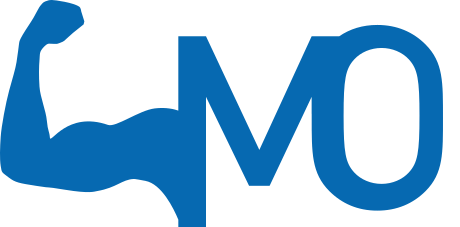Hip mobility exercises are great for improving hip flexibility, reducing hip stiffness and combatting hip pain.
Always consult a therapist first, to determine if this low back exercise is good for you. If you don't have a therapist yet, please find one near you by using our therapist map.
List of conditions which could have benefit from this hip exercise
A diagnosis or hip exercise prescription for the following conditions could only be done by a medical doctor or your healthcare professional . This list has merely been given to discuss with your therapist.
- Mechanical hip pain
- Hip bursitis, hip tendinitis, hip sprain, hip strain, hip arthritis
General tips for hip mobility exercises
- Frequency: Mobility exercises are effective in reducing stiffness and improving the mobility of the hip. The frequency depends on your goal. Doing more exercises than daily is not always necessary. Please discuss this with your healthcare professional .
- Combine: Instead of focusing on just one exercise, combine similar exercises for a more powerful effect. Three mobility exercises is the average recommended combination.
- Warming up: Start with a few of the hip mobility exercises before this beginning this hip strengthening exercise as a warm up.
- Hip Pain: Pain is a warning signal… Never ignore pain. Hip exercises should be done with care as they may worsen your issue. Do not continue with this exercise if you experience hip pain. Ask your healthcare professional for more information.
- Speed: Do not rush. This hip exercise should be done slowly.
- Stay alert: Think about each movement involved in the hip exercise rather than just getting the exercise done.
- Overuse: Hip pain is most commonly the result of overuse and repeated or prolonged movements of the hip muscles, tendons, ligaments or joints. This overuse can result in a strain (muscle injury), a sprain (ligament injury), or inflammation of the joint.
- Risk factors: Risk of hip injury increases with age. The hips or hips are often injured as a result of instant trauma or gradually because of "wear and tear." Osteoarthritis is the most common cause of pain in the hips in people over the age of 55. Overuse is the most common cause in younger people.
Did you know?
A large percentage of people will suffer from hip pain at some point in their lives. Hip pain is most often the result of improper use of the hip joints, ligaments, muscles and nerves.


